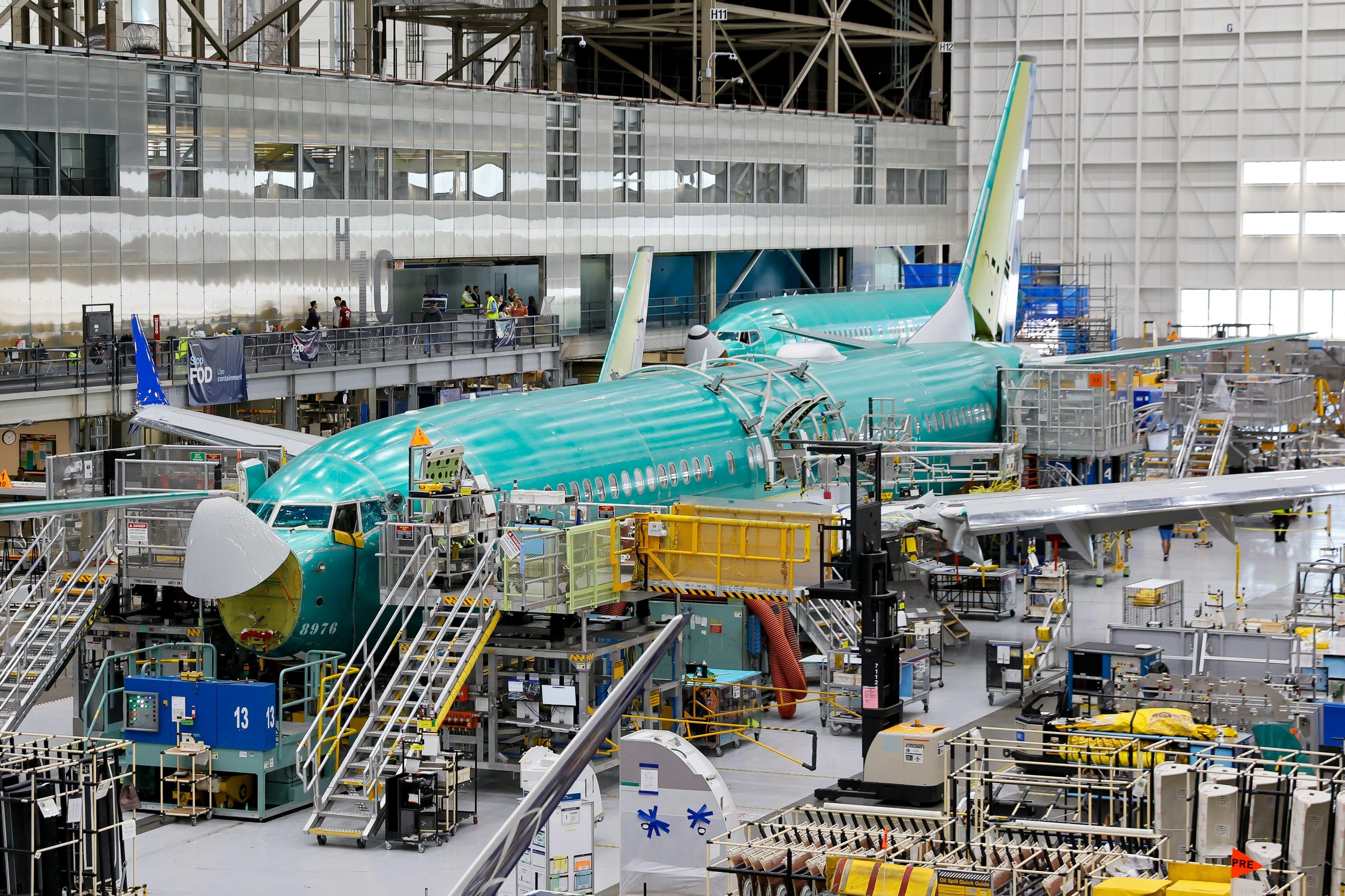
AeroGenie — Your Intelligent Copilot.
Trending
Categories
IndiGo Approved to Operate Two Leased Boeing 777 Aircraft for Six Months
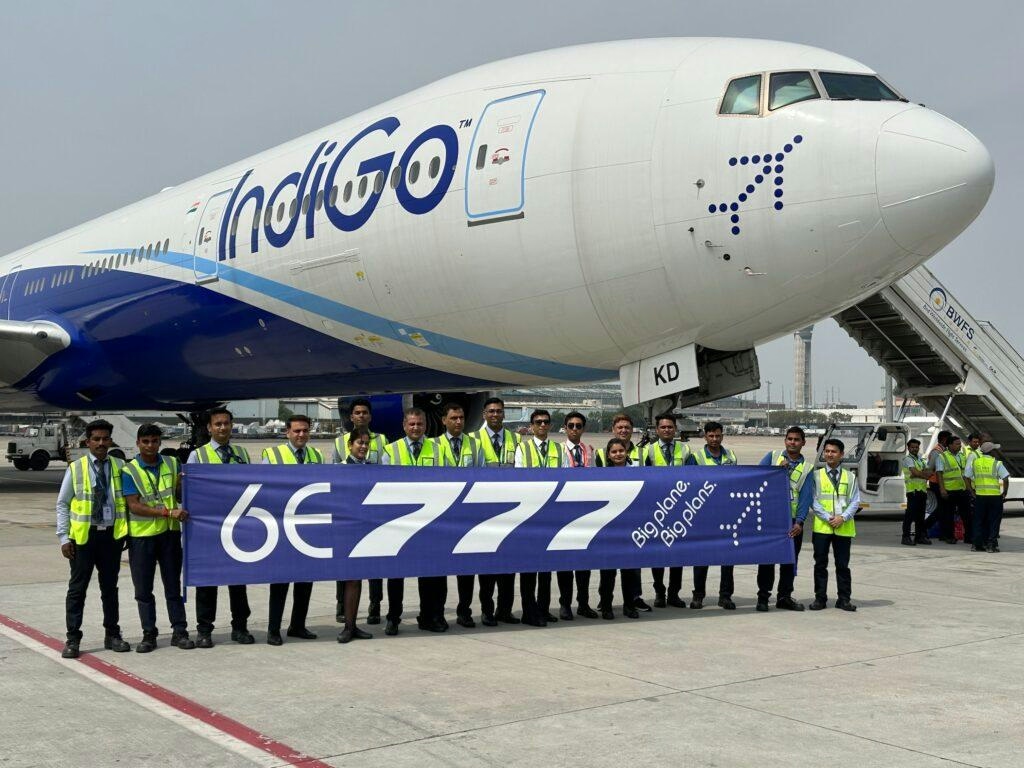
IndiGo Secures DGCA Approval to Operate Leased Boeing 777 Aircraft for Six Months
India’s Directorate General of Civil Aviation (DGCA) has granted IndiGo permission to continue operating two Boeing 777-300ER aircraft leased from Turkish Airlines for an additional six months. This extension, confirmed on 28 August 2025, allows the country’s largest low-cost carrier to maintain its wet lease arrangement under regulatory conditions until 28 February 2026. The DGCA has explicitly instructed IndiGo not to seek further extensions beyond this period.
Strategic Importance Amid Geopolitical and Market Challenges
The approval arrives at a critical juncture for the Indian aviation industry, which is contending with geopolitical restrictions and intensifying competition. IndiGo highlighted that the lease extension will help offset losses stemming from these geopolitical constraints and ensure uninterrupted direct connectivity between key Indian cities such as Delhi and Mumbai and Istanbul during the peak travel season. The airline emphasized that this continuity is vital for Indian travellers, facilitating seamless access to Istanbul and onward destinations.
A wet lease arrangement entails the lessor providing the aircraft, crew, and insurance, allowing IndiGo to operate the Turkish-owned wide-body aircraft without the complexities of full ownership. This arrangement follows a prior three-month extension that permitted operations until 31 August 2025.
Operational and Competitive Implications
Despite the benefits, IndiGo faces challenges in integrating the wide-body Boeing 777s into its predominantly narrow-body fleet, alongside heightened regulatory scrutiny. The move also escalates competition in the long-haul market, particularly on routes to the United Kingdom and Europe, where established carriers such as Air India, British Airways, and Virgin Atlantic maintain a strong foothold. This development may prompt rival airlines to expand their long-haul offerings or forge new alliances to safeguard their market positions.
The competitive environment is further complicated by the resumption of direct flights between India and China and IndiGo’s ongoing expansion into European markets. These factors are expected to drive strategic recalibrations across the sector as airlines compete for a growing share of international travel demand.
IndiGo stressed that the lease extension provides essential operational stability, enabling the airline to better meet the rising demand for international travel amid current geopolitical uncertainties. As the global aviation landscape evolves, this extended lease agreement positions IndiGo to strengthen its international presence while navigating regulatory and competitive pressures.
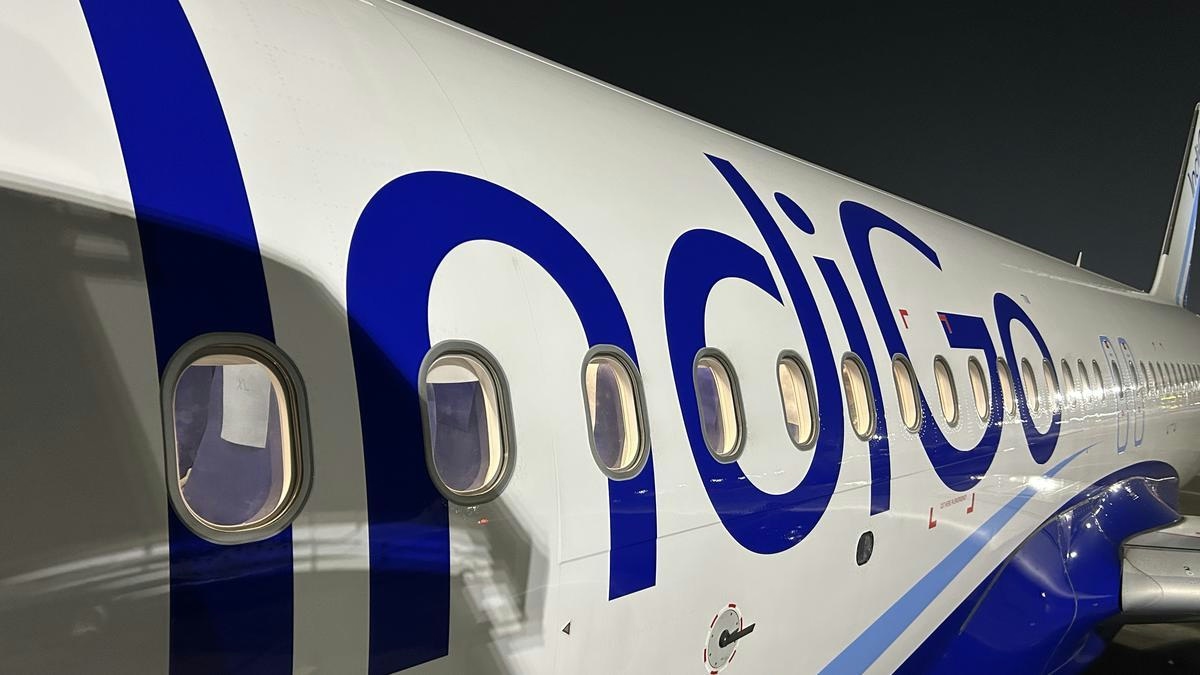
IndiGo to Deploy Wide-Body Aircraft on Vijayawada-Hyderabad Route, Says MP
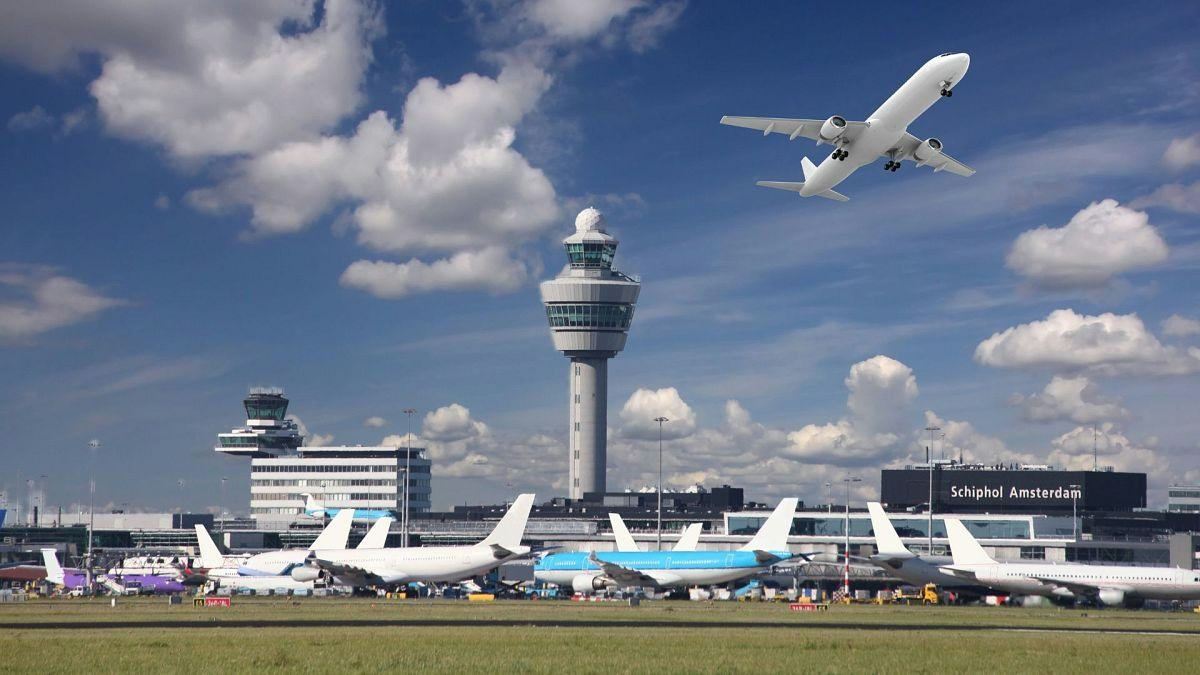
Europe Unveils New Aviation Strategy to Promote Cleaner, Faster Flights
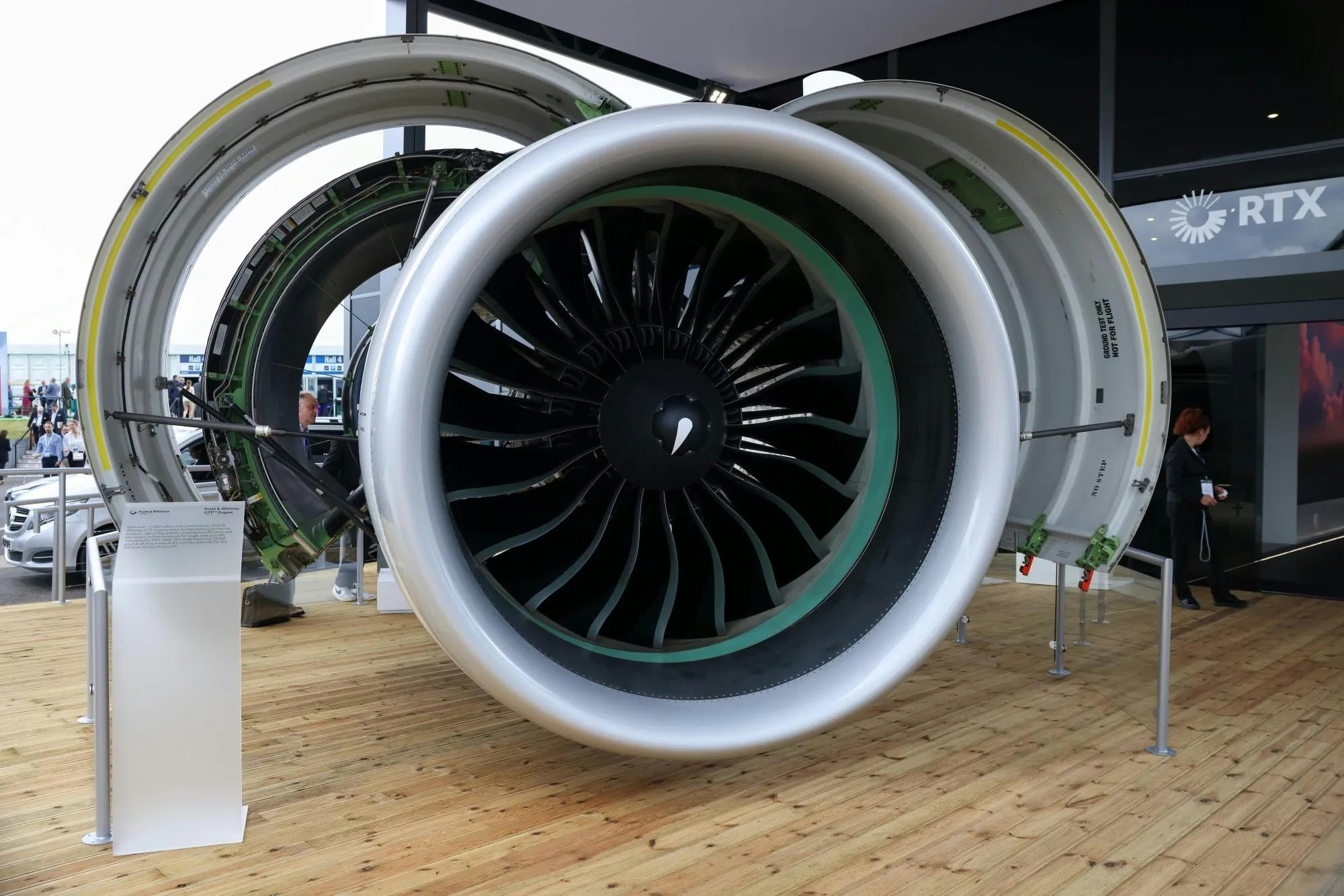
Spirit Signs Agreement with Pratt & Whitney Units on Aircraft Engines

ADB SAFEGATE Receives Industry Awards for Marketing, R&D, and Social Impact

GA Telesis Secures Five-Year Landing Gear Overhaul Agreement with Major U.S. Carrier

Government Strengthens Aviation Safety Framework Amid AI-171 Investigation

NASA Software Raises Bar for Aircraft Icing Research

Dans and Emirates Aviation University Partner on AI Air Traffic Management Research
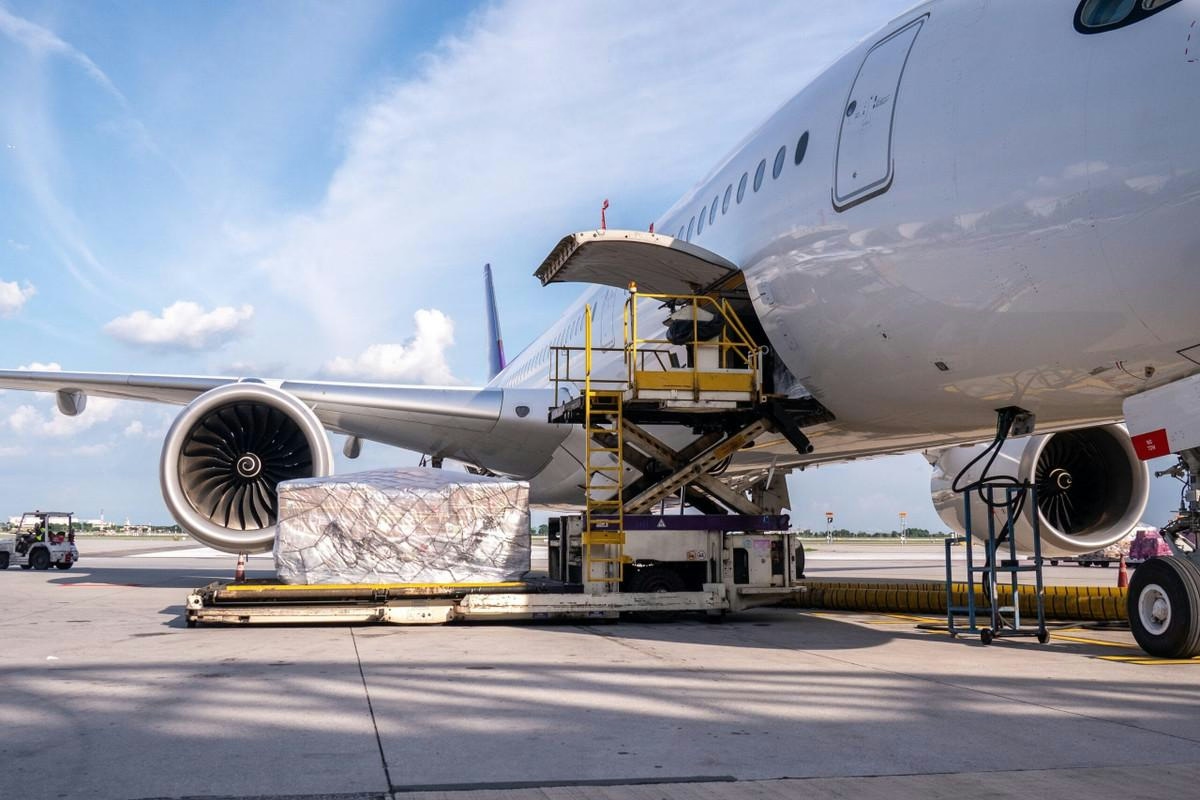
Nigus and AXISCADES to Develop Nigeria’s First Major Aviation MRO Hub
